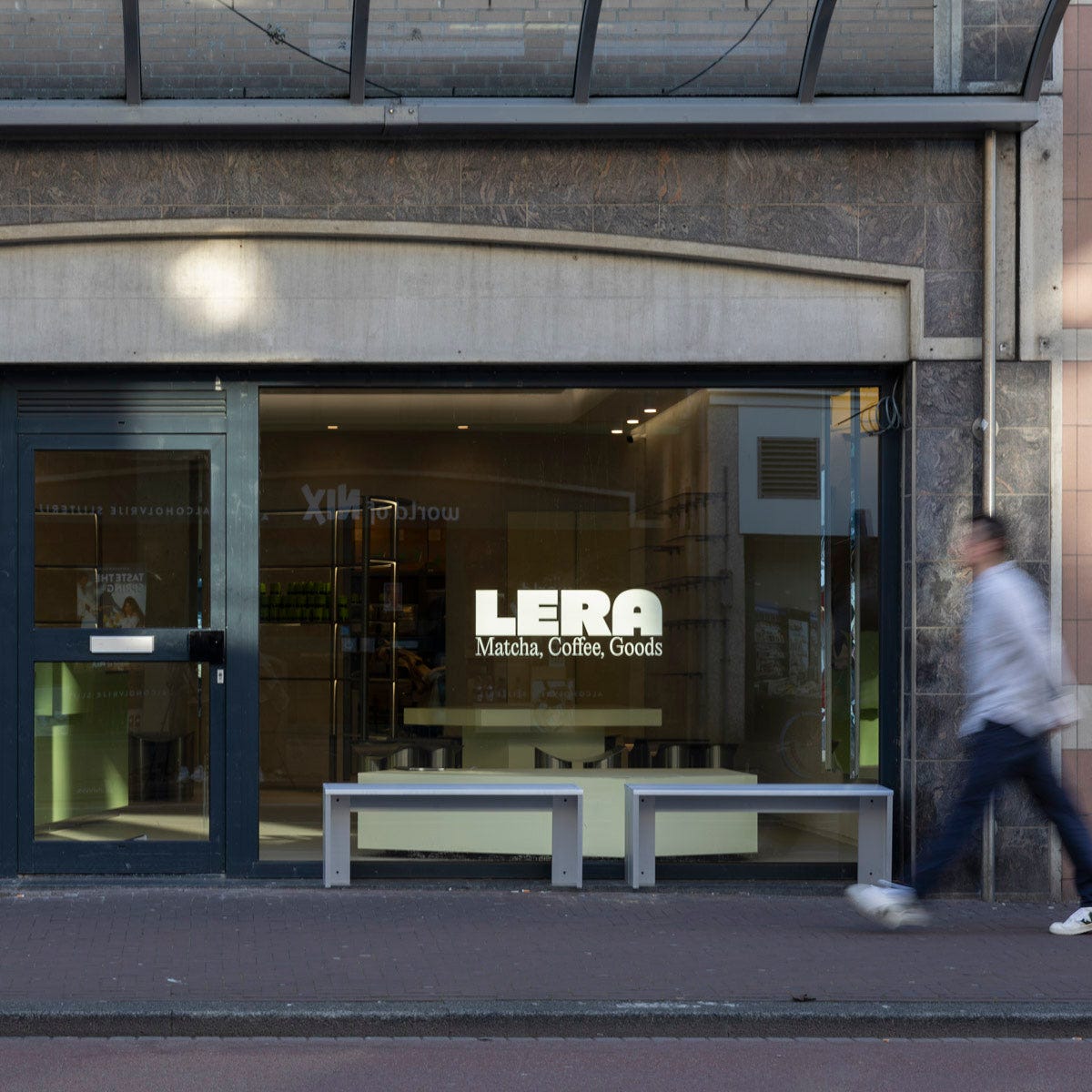Newsletter N° 19
A few weeks ago, TikTok disappeared in the U.S. for two hours. Instead of slowing down, TikTok Shop sales spiked. Social commerce is perhaps an equivalent of DTC’s rise.
Social commerce can’t be ignored
A few weeks ago, TikTok disappeared in the U.S. for two hours.
Instead of slowing down, TikTok Shop sales spiked.
Shoppers rushed to buy, proving once again that social commerce is perhaps an equivalent of DTC’s rise 15 years ago.
Platforms like TikTok Shop have reached massive scale, rivaling Sephora in beauty spending and challenging Amazon’s dominance.
Why? Because social commerce injects what traditional e-commerce has always lacked: entertainment. 97 % of Gen Z consumers cite social media as their top source of shopping inspiration. With social commerce, the consideration phase of the shopping journey shrinks dramatically. You scroll, get inspired, trust the recommendation, and check out—all within minutes.
While TikTok’s average order value hovers around $35, the model isn’t limited to impulse buys. Luxury brands like Rimowa and Gucci are already using livestream shopping to sell high-ticket items.
The impact extends beyond TikTok itself. Social media is where we consume content, so forward-thinking e-commerce brands are adapting social-first UX—integrating reels, influencer-led discovery, and frictionless checkout into their own sites (a good example in the Netherlands is Ekster, which integrated a reel-like UX directly into its product detail pages).
The line between content and commerce is blurring fast. The brands that build for this reality, rather than treating social commerce as an add-on, will define the next wave of digital retail.
How e-commerce will evolve in 2025?
Drawing from extensive market research and conversations with industry executives, we examine six key developments shaping consumer brands' strategic choices.
New resources added to our Brand Radar
01 Industry Deep Dives
Based on the Top 100 Dutch Consumer brands report, we dive deeper into 7 sub-industries in the Netherlands - from baby & children's products to wellness brands. Each is backed by traffic data, competitive mapping engagement metrics, and growth patterns.
02 Master tactics database
We also made a collection of digital and omnichannel experience tactics that we found while analysing +300 Dutch consumer brands.
Tools & Tactics
We select helpful tools and useful new ways of working. Find a signal in the noise of software.
01 Vyu Try-on Mirror
An AI-powered device that allows users to virtually try on clothes without physically wearing them. Users can control the mirror via a QR code on their phone, selecting 3D clothing that is digitally fitted to their body using real-time skeletal tracking.
02 Caper AI
Smart shopping carts equipped with computer vision and machine learning technologies. These carts allow customers to place items inside, automatically detecting and adding them to a virtual cart, enabling a seamless, cashier-less shopping experience.
03 AdSauce
Discovered by our digital consultant Coen, this is a social commerce platform with features such as shoppable galleries, user-generated content (UGC) displays, influencer marketing tools, and video commerce capabilities.
Trends & Strategy
Curated content from the information overload we call the Internet.
Insights and inspiration on business, e-commerce, and investing.
OpenAI launches Operator, an AI agent that can shop for you
10 min read
“Operator promises to automate tasks such as booking travel accommodations, making restaurant reservations, and shopping online, according to OpenAI. There are several task categories users can choose from within the Operator interface, including shopping, delivery, dining, and travel — all of which enable different kinds of automation.”
Full article
L’Oréal Group bets on longevity with new skin age calculator
15 min read
“It’s like wearables, but for your skin,” says Vania Lacascade, the group’s chief innovation officer. “Imagine getting your blood analysed — but instead, it’s your skin, at the cellular level, in minutes.”
How Tech Helped Levi’s Ride the ‘Baggy Jeans’ Trend
10 min read
“Levi Strauss & Co. has partnered with Google Cloud to analyze data from various sources, including purchases and web browsing, to identify emerging fashion trends. This approach enabled Levi's to capitalize on the rising popularity of baggy jeans by adjusting inventory and design strategies accordingly, resulting in a 15% increase in sales of looser fits in the last quarter.”
Full article
Visually appealing
LERA, a new design-forward matcha shop in Amsterdam's De Pijp neighborhood, combines Japanese tea tradition with modern retail through its minimalist interior of soft green and stainless steel, automated ordering screens, and a curated selection of ceremonial grade matcha products.














